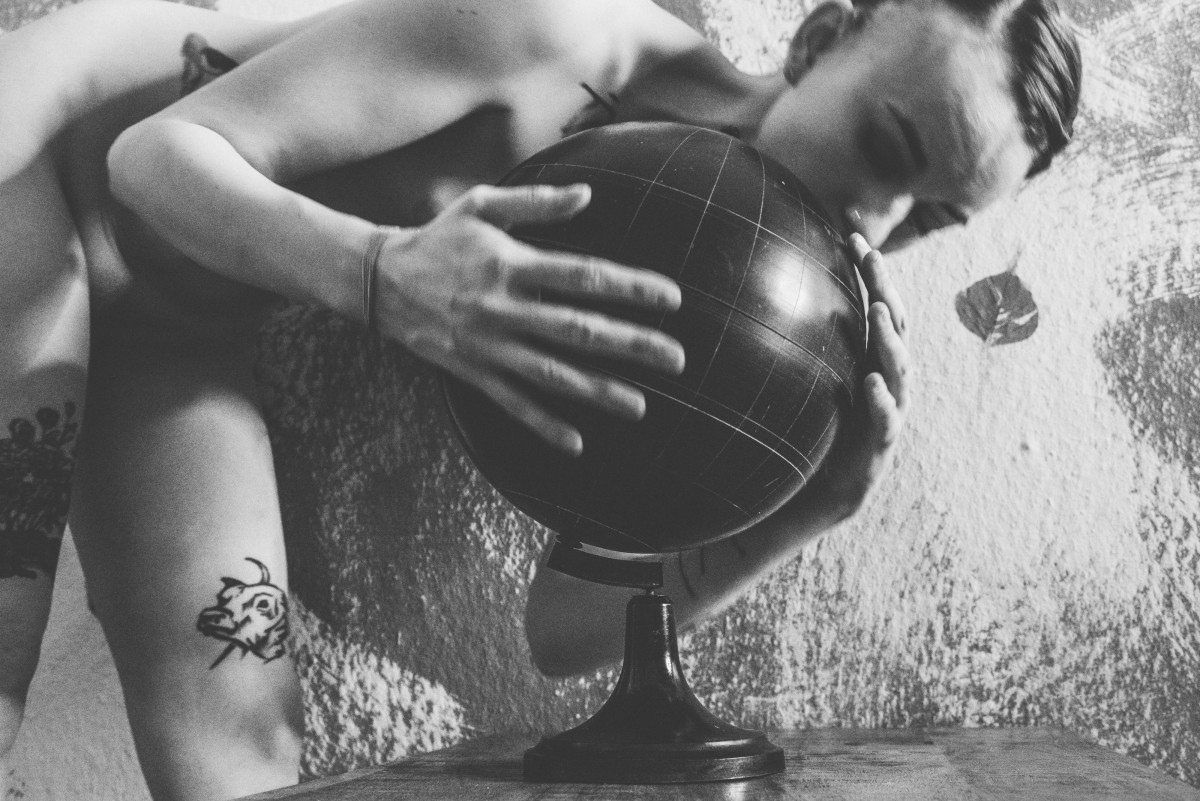
All my life, I had to advocate for myself to survive. At some point, I realised that individual advocacy is not enough: injustice is systemic, and it always affects vulnerable groups the most. My work grows from this recognition — that oppression is interconnected, and that art can become a tool for questioning and exposing it, rather than a tool for distraction and excusing, which happens often, especially in performance art.
My background in journalism trained me to research, question, and recognise patterns. These skills flow into my artistic practice, where I examine social structures, expose hidden dynamics, and highlight lived experiences often dismissed as “misfortune” rather than recognised as discrimination. Art does not “solve” injustice, but it can highlight what is silenced, create visibility, and insist on complexity.
My choreographic and performance work emerges from this drive: to use the body as a site of both vulnerability and resistance, to make space for marginalised voices, and to connect individual experience with larger systemic realities. And also to make performance accessible for viewers as well (from this point of view, relaxed performance is a practice I am highly interested in). For me, making art is a way to be heard, as other channels of communication are often inaccessible to me, and to insist that others are heard as well.
And if during my performance, I witness anyone being mistreated - whether performers or somebody from the audience, attacked or bullied by anybody who has more power than them, I stop the performance and don’t continue it until justice is restored. Otherwise, it makes no sense to do it all. People’s lives, safety and human dignity are more important than aesthetics.
Photo selfshot by Nik Maksimyuk